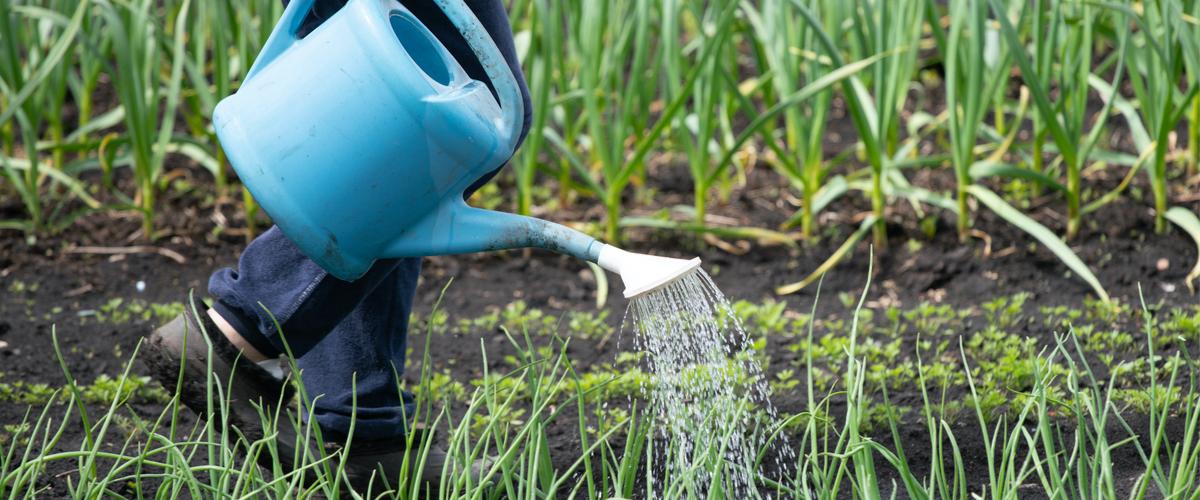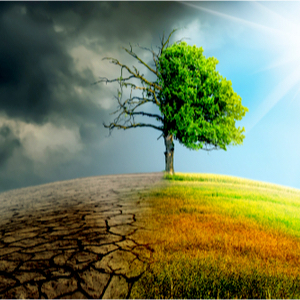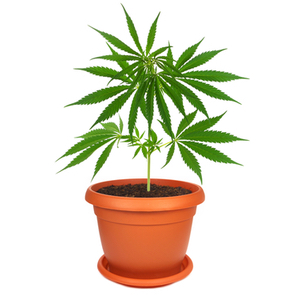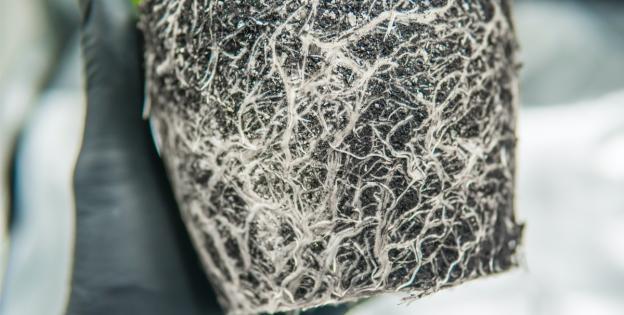- Cannabis growers dive into a sea of doubts when starting off with their first marijuana grow. Which size or type of pot is best? What about the substrate? And the feriliser or booster? And so on and on.
- But of all those questions, there’s one of utmost significance that most novice growers can have a hard time getting the hang of.
- This being precisely one of the most recurring questions received by our tech support team, we’ve decided to prepare a post with the keys to an easy and efficient watering of cannabis plants.

Watering marijuana plants is quite an art. It may seem an exaggeration, but it is not, especially if we remember how it can affect the yield.
Inexperienced growers usually come to us with questions about the amount of water or nutrient solution to be used when watering cannabis plants. Although we can provide them with some general info, there're many factors and variables to keep in mind that make it harder for us to help them one-on-one as much as we'd love to.
The main factors influencing the watering of plants are the climate, the pot size, the type of substrate as well as the features and the pheno of the strain being grown. So it's not easy really.
When growing from seeds, the phenotypic variation must be born in mind for the qualities of each plant differ as much as their nutritional needs. Knowing how to adapt to the situation is key.
Climate
Both indoors and outdoors, the climate is a fundamental factor in watering plants adequately. The climate and environmental conditions (temperature and humidity) of the indoor grow area must be under control during the whole life cycle of cannabis plants.
Rainfalls and cold temperatures outdoors could jeopardise the start of the grow, slowing down plant growth and triggering the occurrence of fungi and pests. Indoors, the impact is lower but the results are quite alike.

Whatever the location, one must be very attentive to the temperature and humidity swings during daytime and night-time.
These values are the best telltale signs of the plants' actual needs. That's why it's very important to know how to properly read them.
If you're growing in a hot environment, you can either put some straw on the substrate or add some coco fibre or perlite to the soil mix to improve water retention and avoid its evaporation. This way every watering session will have a more lasting effect and hydric stress resulting from water shortage would be avoided.
With the arrival of autumn-like temperatures and rainfalls, less frequent watering is recommended to avoid the appearance of fungi (botrytis, mildew...). As mentioned earlier, adapting to every situation is crucial…
Pot size and amount of substrate
The size of a pot has a direct effect on the amount of substrate needed. The larger the pot, the more water or nutrient solution will be necessary. Young or small plants of no more than 1-3 weeks grown in large pots (25-40 L) will need very little water.
So make sure you keep your watering schedule to once a week tops, depending on the region's climate. Plants will grow and so will their water and nutrient requirements.
This primary stage could turn out to be quite complicated for newbies, so try not to forget these small tips. It's very common for inexperienced growers to struggle when reading the signs.
This, from a technical point of view, was caused by a shortage of oxygen in the substrate. Plant roots, unable to breathe and metabolise nutrients adequately, slow down the entire growing process.

We should have our eyes wide open because long saturated substrates could lead to root rotting problems and the appearance of fungi like Fusarium.
Consequently, plants will grow small and ugly (damaged, wrinkled, discoloured or dotted leaves). Once they reach 70 cm-1m in height, mistakes don't have such a great impact as their absorption capacity increases significantly and so the watering can be regulated way more easily.
The kind of substrate we choose has a direct effect on the water needs of our plants. Coco fibre is more airy, lightweight, and less dense, so it dries more quickly. Soil, for its part, is way denser and heavier, so it needs more time to dry out due to its excellent water retention capacity.
The rule of thumb is to make sure the amount of water you give your plants is appropriate for their size as well as for the climate and the substrate they're growing in.
Plant size
The smaller the plant, the less water it needs. Large plants, in contrast, have significant water needs.
Once again, we must act rationally. The climate changes as much as our grow and the specific needs of each plant.
But above all is necessary to avoid water-saturation in the soil during the first 3 weeks of growth. Otherwise, it could affect not only their development and yield but also their immune system, causing the roots to rot and the pathogens to emerge.
After 3-4 weeks, it's easier to evaluate the situation and estimate the right amount of water to provide our plants with in each stage. If you learn to water your plants adequately, you'll reap healthy, happy specimens. Autoflowering varieties don't deal well with an excess of water while feminised strains cope with it a bit better. In any case, be sure not to overwater your plants.
Rooting
Quality cannabis seeds usually follow a linear development, growing homogeneously all through the different stages.
There are some strains grown from seeds, though, whose genetic traits vary according to the phenotype, that have variable growth rates. This doesn't mean one of them was better cultivated than the other. It simply means that each phenotype has its own specificities, with a greater impact on the structure.
Many inexperienced growers think there's something wrong with the plant, but they couldn't be more mistaken. All they can do is adapt their watering routine to the size of the plant. Destiny can't be changed, so the only thing to do is to provide cannabis plants with an appropriate amount of food and water for their size and needs.
Basic principles for watering cannabis plants easily and adequately
- Hydrate plants early in the morning, outdoors; before turning on grow lamps, indoors. Daytime watering risks causing roots to scorch and leaves to suffer from "leaf burn". Watering plants at night might raise humidity levels significantly encouraging fungus and pest problems.
- Take two equally sized pots and fill them up with the same kind of substrate. Add the right amount of water or nutrient solution to one of them, lift it, and memorise the weight. Lift the other pot and memorise that weight too. Having an approximate idea of how heavy a damp pot and a dry pot are will help you know when a plant is in need of water. In very little time, you'll know how thirsty a plant is just by lifting the pot and, in the future, with a single look.
- You can also use a moisture measuring device. The previous method is the one used by most growers, though.
- To lessen the risk of thermal shock, water your plants with room temperature water.
- Don't wait until the leaves start to wither for that's a sign of water deficit. The abovementioned 'lift-the-pot' technique will be your best ally.
- Add all fertilisers, boosters… before measuring the pH and EC levels of the nutrient solution. Most modern soil fertilisers have stable pH levels thanks to their buffering effect. However, in this case, an initial measuring is highly recommended.
- If you use pH or EC measuring devices, they need to be calibrated every 3-5 days. Otherwise, the readings won't be accurate enough and the consequences might be very severe. Cleaning the probe after every use to remove any remaining dirt is crucial as well.
- Don't store any nutrient solution for over 24 hours. It's best to prepare it and use it immediately afterwards. Make sure you keep all your fertilisers in a room with steady and moderate temperature and humidity conditions to prevent the occurrence of thermal shock. Long-term storage is not advised. We recommend actively stocking up as the needs of every stage emerge. If you notice a very strong, ammonia-like smell coming out of a bottle, throw it away. It means its contents are too old and so cannot be used.
- In addition to all these small yet important tips, be sure to remember the 4 essentials listed in this post.
Happy watering and gardening!




Comments from our readers
There are no comments yet. Would you like to be the first?
Leave a comment!Did you like this post?
Your opinion about our seeds is very important to us and can help other users a lot (your email address won't be made public).